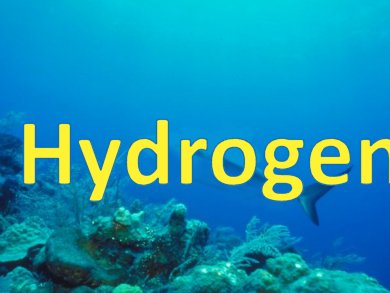Hydrothermal vents deliver inorganic compounds such as hydrogen sulfide, ammonium, methane, iron and hydrogen to the oceans. Organisms living there oxidize these to gain the energy needed to create organic matter from carbon dioxide. Until now, two sources of energy were known to power chemosynthesis by symbiotic bacteria at hydrothermal vents: Hydrogen sulfide, used by sulfur-oxidizing symbionts, and methane, used by methane-oxidizing symbionts.
A team around Nicole Dubilier, Max Planck Institute of Marine Microbiology, Bremen, Germany, discovered in the gills of the deep-sea mussel Bathymodiolus puteoserpentis a sulfur-oxidizing symbiont that can use hydrogen as an energy source. Even the symbionts of other hydrothermal vent animals such as the giant tubeworm Riftia pachyptila and the shrimp Rimicaris exoculata have the key gene for hydrogen oxidation, but remarkably, this had not been previously recognized.
The ability to use hydrogen as an energy source seems to be widespread in these symbioses, even at hydrothermal vent sites with low amounts of hydrogen.
- Hydrogen is an energy source for hydrothermal vent symbioses,
Jillian M. Petersen, Frank U. Zielinski, Thomas Pape, Richard Seifert, Cristina Moraru, Rudolf Amann, Stephane Hourdez, Peter R. Girguis, Scott D. Wankel, Valerie Barbe, Eric Pelletier, Dennis Fink, Christian Borowski, Wolfgang Bach, Nicole Dubilier et al.
Nature 2011, 476, 176-180.
DOI: 10.1038/nature10325



